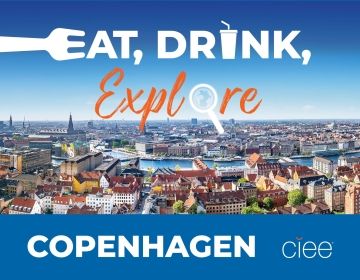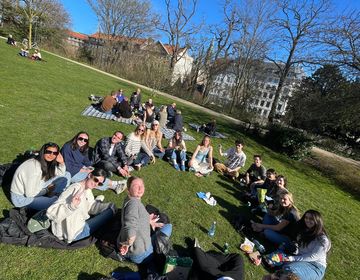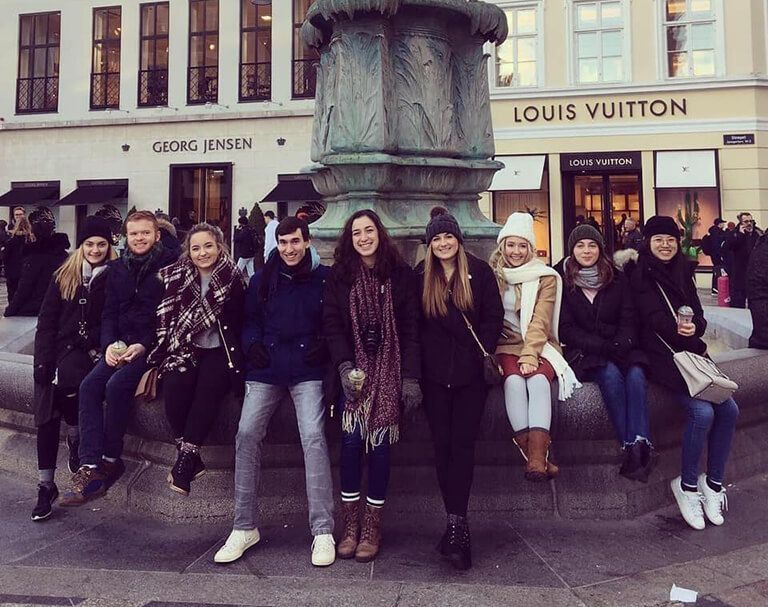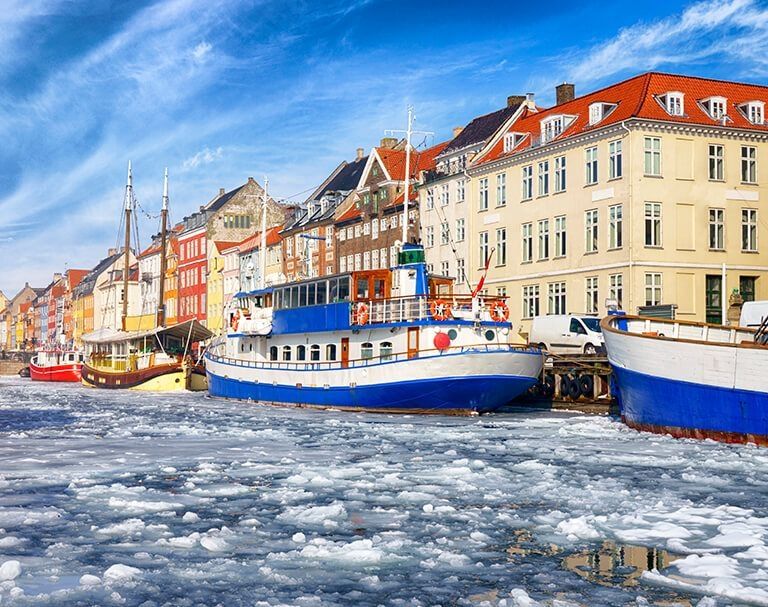Shatter Gender Norms During J-term in Copenhagen!
Maybe you’re already familiar with terms like the heterosexual matrix, queer gaze, and Gaga feminism. But have you considered how language, representation, and power shape your experience of the world?
Spend J-term on CIEE’s innovative, three-week, three-credit Gender and Sexuality program in Copenhagen gaining insight into limiting gender norms and challenging traditional portrayals of sexuality. Contemporary gender- and queer-inspired artistic productions will be your focus as you explore how gender constructs intersect with ethnicity, sexual orientation, and class; and how multiple forms of sexuality are related to social categories and hierarchies.
You’ll also come to know the history of the LGBTQ+ movement, feminist landscapes of Denmark, and major theorists in the field such as Foucault, Butler, and Haraway as well as local voices like Brøgger, Andreassen, and Raun. In-class lectures and discussions will be enhanced by field trips to the Women’s Museum in Aarhus; the Swedish political party Feminist Initiative in Malmo; or DareGender, an organization that breaks with stereotypical ideas of masculinity.
“Deep cultural analysis will help develop new insights into the social construction of identities, and after examining a variety of works you will be able to better identify problematic norms and harmful portrayals,” said CIEE Global Institute – Copenhagen Director, Karin Klitgaard Møller.
You’ll also spend time experiencing the best Copenhagen has to offer - like community dinners, local art museums, ice skating, cafés, and more. Plus, on the weekends you can head off to other parts of Europe or simply travel around Denmark. It’s a small country, but there’s lots to see!
Even if you are well versed in studying trans visibility, debating the #MeToo movement, and distinguishing between the various waves of feminism, this program offers a unique Nordic perspective on Gender and Sexuality. The contents are diverse, but they’re all connected to each other – just like the colors of the rainbow!
Related Posts

EAT, DRINK, EXPLORE: COPENHAGEN
BEST FOOD TO EAT IN COPENHAGEN When in Denmark, delight your palate with the country’s national dish stegt flæsk (fried pork belly). Cut ¼-inch thick, pork belly strips are lightly... keep reading

5 Best Places to Study Abroad for Psychology
If you’re studying psychology , or if you’re passionate about the field, consider studying psychology abroad to learn all about this fascinating discipline from another country’s perspective. Perhaps you're a... keep reading

The Bike Trip That Didn't Happen (Yet)
Written by Catherine Ripsteen student from Open Campus Spring Block 3 2025: The Bike Trip That Didn't Happen Date: 4/02/25 Copenhagen is consistently ranked as one of the world’s most... keep reading

